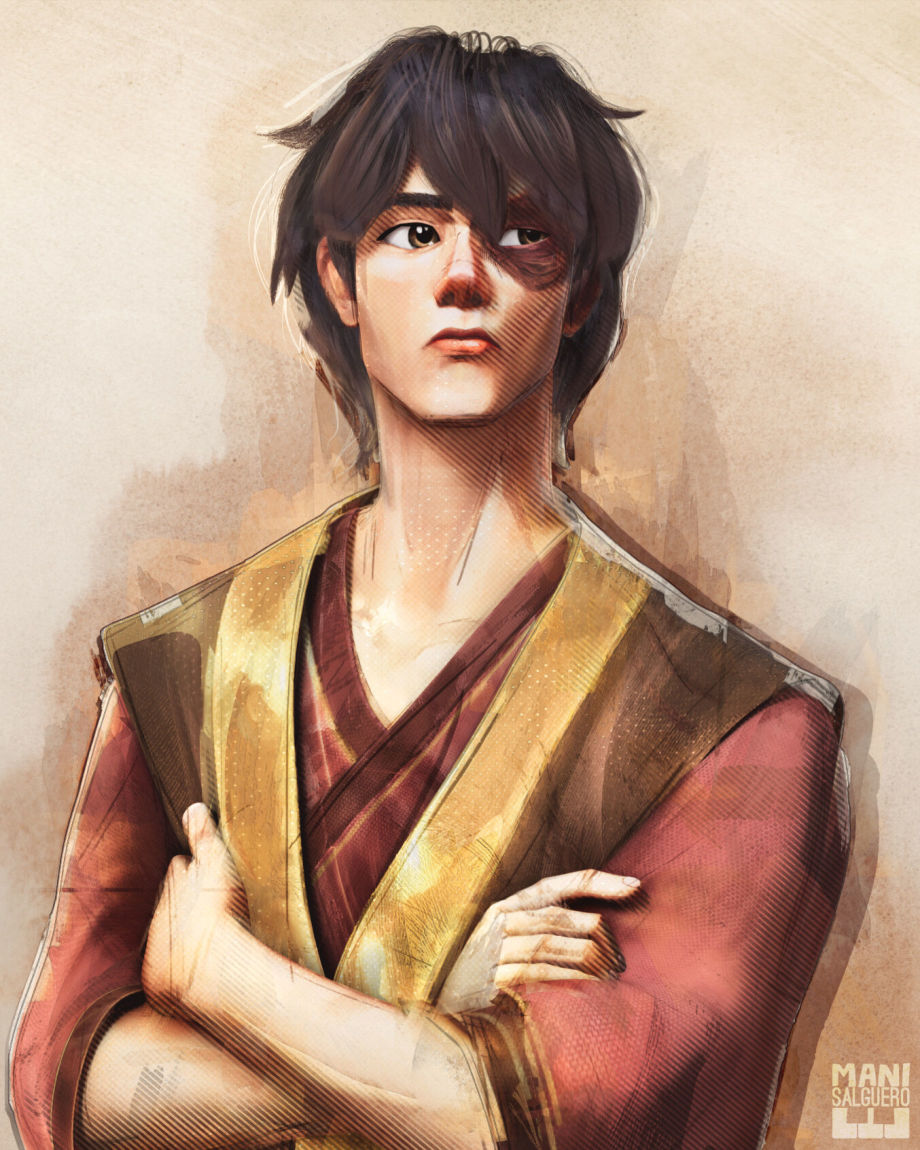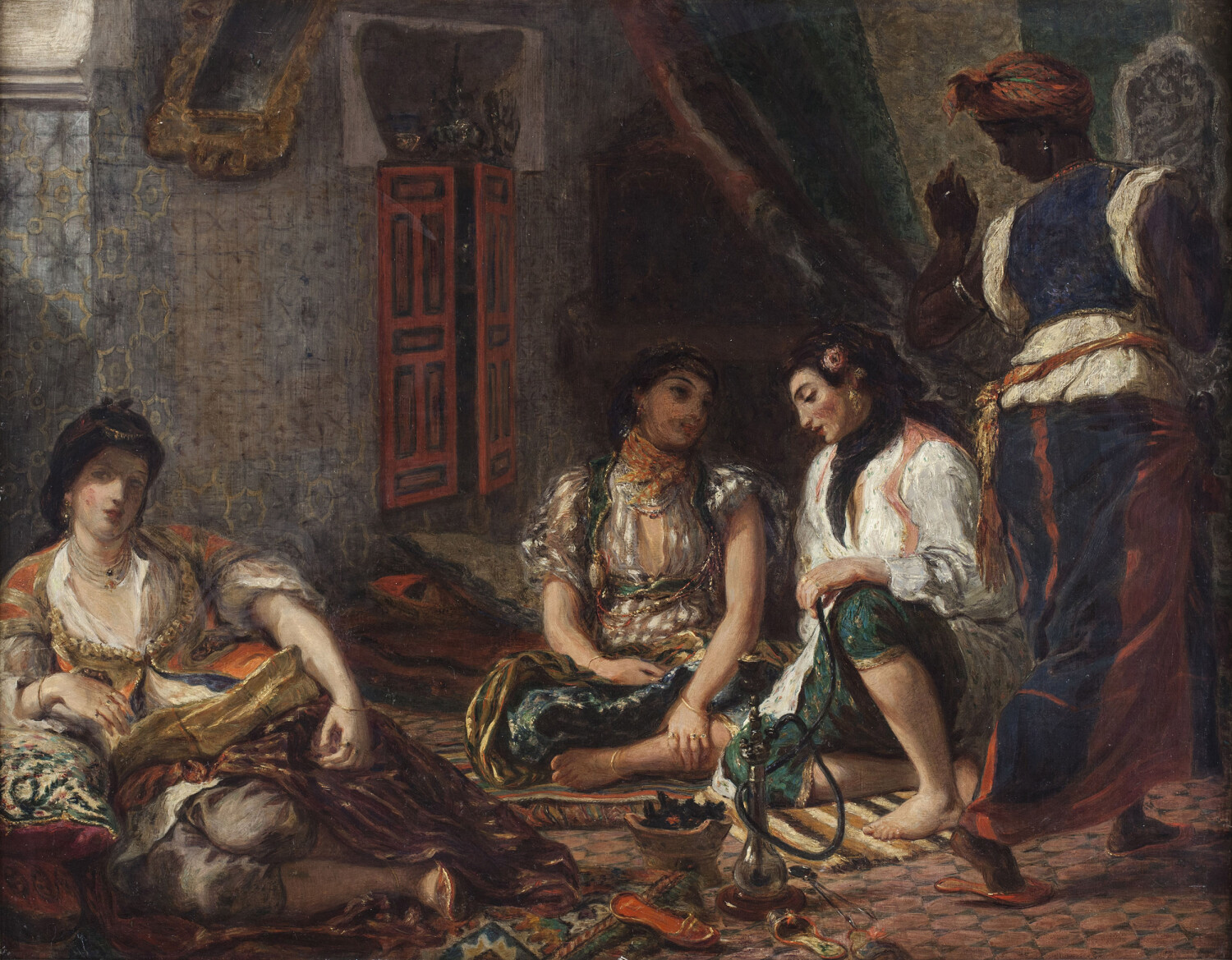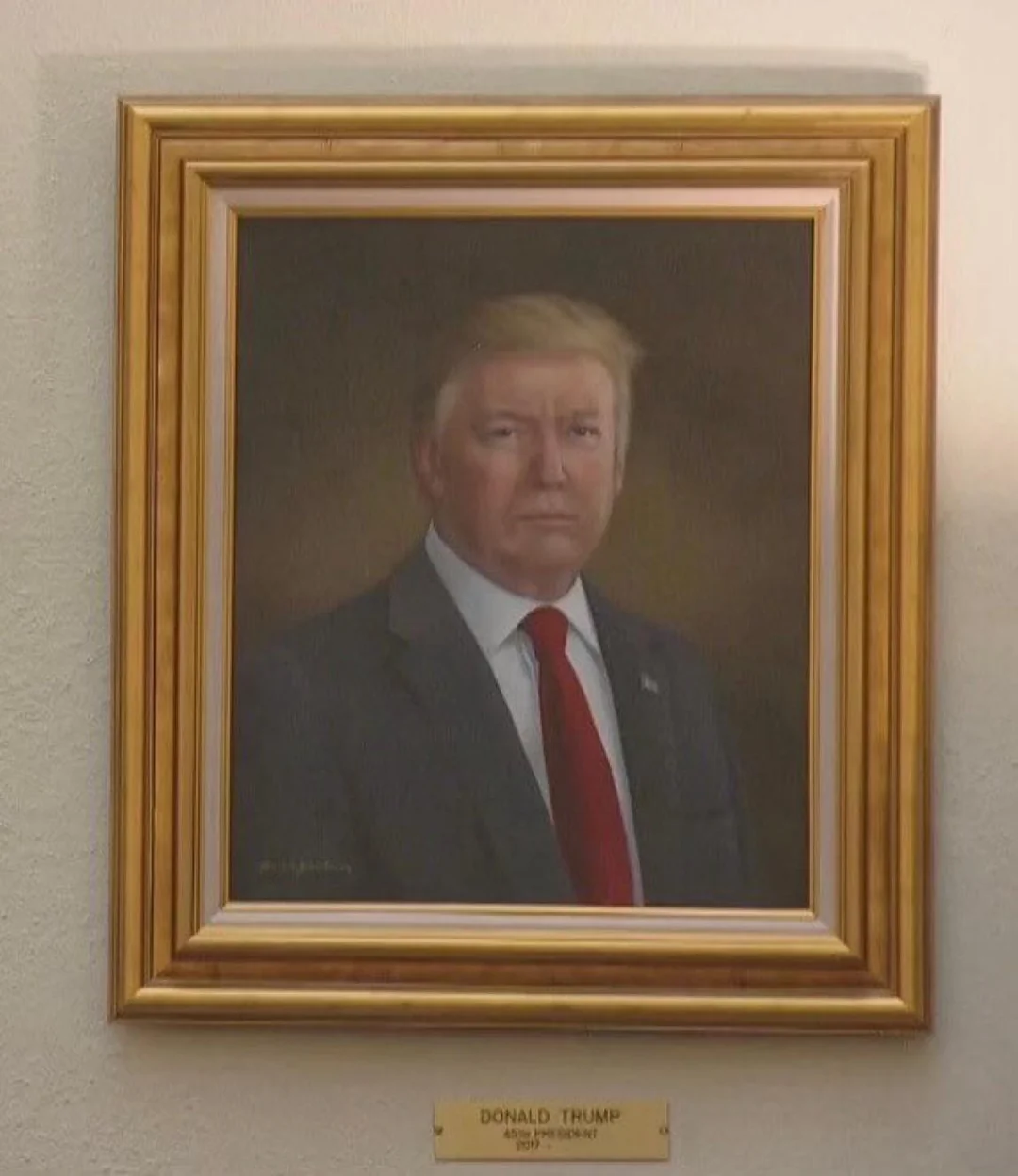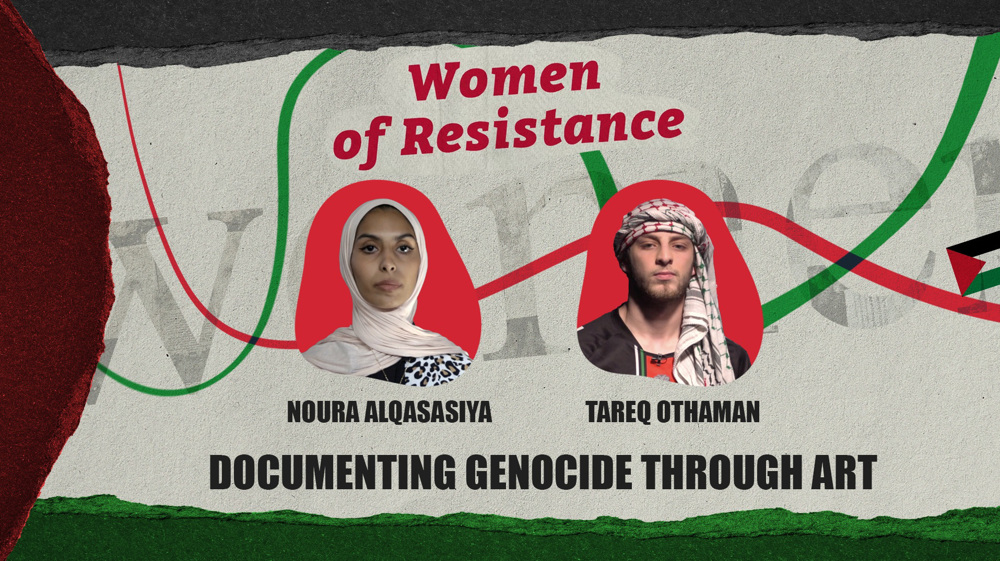The world of 3D modeling and digital art has seen significant advancements in recent years, with new tools and techniques pushing the boundaries of creativity. One such development has been the integration of hand painting in 3D software like Maya and Substance 3D, enabling artists to bring more personalized and intricate details to their digital creations. In this article, we explore how artists are experimenting with hand painting techniques in Maya and Substance 3D, offering a new perspective on texture mapping, detailing, and artistic expression in the realm of 3D design.
The Role of Hand Painting in 3D Modeling
Hand painting in 3D is a technique where artists manually paint textures directly onto the 3D models, rather than relying on procedural textures or photographic sources. This approach allows for a highly customized, artistic feel and gives the artist full control over the appearance of the model’s surface. Hand painting is especially useful for creating unique details, stylized textures, and adding character to 3D assets, something that can be more difficult to achieve through traditional texture mapping techniques.
In the context of Maya and Substance 3D, hand painting enables artists to blend traditional art techniques with cutting-edge digital tools, making it easier to bring expressive and tactile details into a 3D environment. The combination of these two powerful programs allows artists to achieve intricate details and a high level of realism while maintaining the flexibility and creativity that hand painting offers.
Exploring Maya’s Potential for Hand Painting
Maya, developed by Autodesk, is one of the industry-standard software programs used for 3D modeling, animation, and rendering. While it is traditionally known for its robust modeling tools and animation capabilities, Maya also offers powerful features for texture painting.
Using Maya’s 3D Paint Tool, artists can directly paint textures onto their models in the 3D workspace. This tool allows for the application of different brushes, materials, and settings, which can be customized to fit the specific style or texture requirements of the project. Maya’s intuitive interface enables precise control over the hand-painted textures, giving artists the freedom to experiment with various techniques.
Artists can also take advantage of UV mapping in Maya to ensure that the 2D textures they paint align correctly with the 3D model. By projecting the textures onto the model’s UV map, artists can ensure that their hand-painted designs are accurately represented on the final 3D model, making the textures look natural and seamless.
The Evolution of Substance 3D in Hand Painting
Substance 3D (formerly known as Allegorithmic) is another groundbreaking tool in the world of digital art. It is widely used in industries such as game development, film, and product design for creating realistic and stylized textures. Substance Painter, a flagship software in the Substance 3D suite, provides a platform for artists to create complex, high-quality textures with ease.
Substance Painter is especially popular for hand-painting because of its real-time 3D painting capabilities, which allows artists to paint directly on the model’s surface, similar to how one would apply paint to a canvas. What sets Substance Painter apart is its use of procedural generation alongside hand painting, enabling artists to use custom brushes, stamps, and materials to create unique textures while still keeping the flexibility of painting on the model itself.
Substance also offers the ability to create dynamic masks and layer-based painting workflows, which gives artists the ability to paint with different layers and effects. These features allow for more complex and detailed textures, making Substance Painter a versatile tool for both realistic and stylized hand painting in 3D.
Combining Maya & Substance 3D for Hand-Painted Masterpieces
Many artists are now combining the strengths of both Maya and Substance 3D to create impressive hand-painted 3D assets. This combination allows artists to model and UV unwrap their assets in Maya, then export them to Substance Painter for painting. The seamless integration between these two programs means that artists can work in a more streamlined and efficient workflow.
In this process, Maya handles the base modeling and rigging of the asset, ensuring that the 3D model is well-constructed and ready for painting. Once the model is set, it’s imported into Substance Painter where the artist can use the program’s powerful painting tools to create custom textures, applying everything from skin details to worn surfaces and stylized patterns. Once the textures are completed in Substance, the painted model is exported back to Maya for rendering and final tweaks.
This hybrid workflow allows artists to tap into the best of both worlds—Maya’s robust modeling and animation tools, paired with Substance’s powerful hand-painting and texture painting capabilities.
Benefits of Hand Painting in 3D
The shift toward hand painting in 3D modeling offers several notable benefits:
- Personalized Texture Creation: Artists can add a level of individuality and creativity to their models, avoiding the generic look of procedural textures.
- Higher Artistic Control: Hand painting allows for complete artistic control over the design of the textures, providing the artist with freedom to experiment and create unique looks.
- Stylized Effects: Whether it’s for a realistic model or a more abstract design, hand painting provides the ability to create stylized effects that align perfectly with the artist’s vision.
- Real-Time Feedback: Tools like Substance Painter offer real-time 3D feedback, which makes it easier for artists to tweak and adjust their designs while painting directly on the model.
The Future of Hand Painting in 3D Design
As the technology continues to evolve, the process of hand painting in 3D modeling is becoming more sophisticated. Programs like Maya and Substance 3D are at the forefront of this movement, constantly improving their capabilities and offering new features that give artists even more creative control. We can expect even more integration between these programs, making the workflow for hand painting even smoother and more efficient.
Moreover, as virtual reality (VR) and augmented reality (AR) become more integrated into design processes, artists may soon have the opportunity to hand-paint directly onto 3D models in immersive environments, pushing the boundaries of traditional 3D creation.
A New Frontier for 3D Artists
In conclusion, the experimentation with hand painting in Maya and Substance 3D is revolutionizing the way artists approach texture creation and 3D asset design. This technique brings a fresh, personal touch to the world of 3D modeling, allowing for a deeper level of creative expression. As digital tools continue to evolve, hand painting will undoubtedly remain an essential skill for 3D artists looking to add depth, personality, and artistry to their digital creations.




